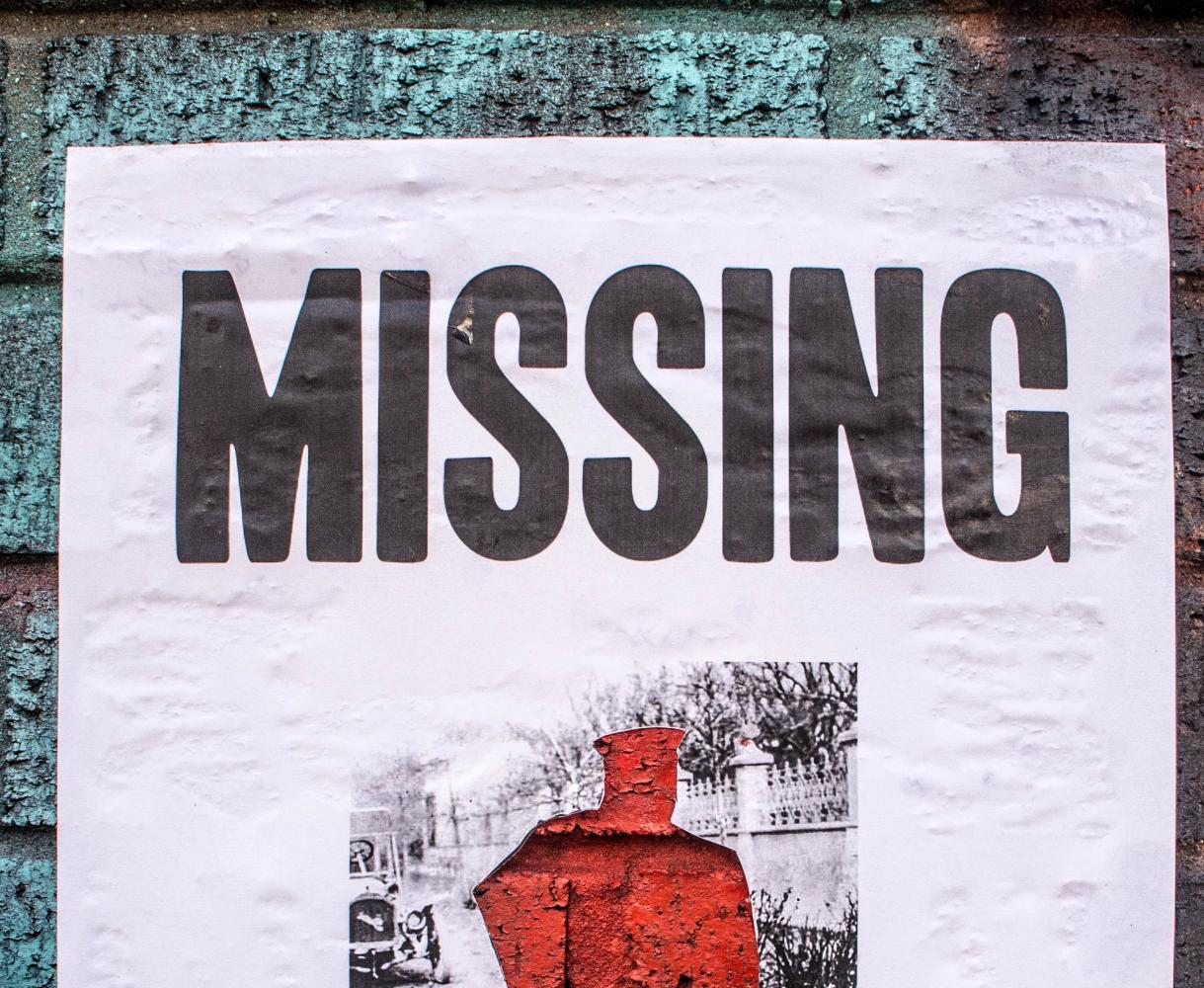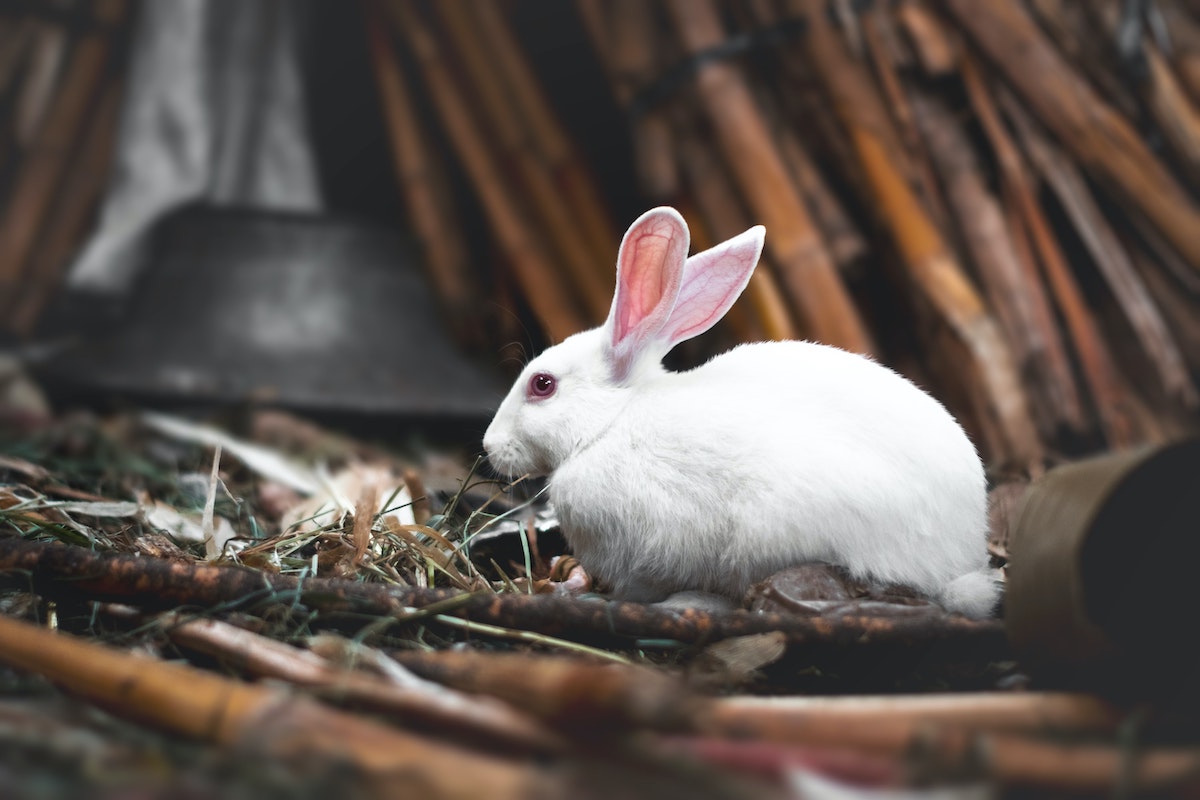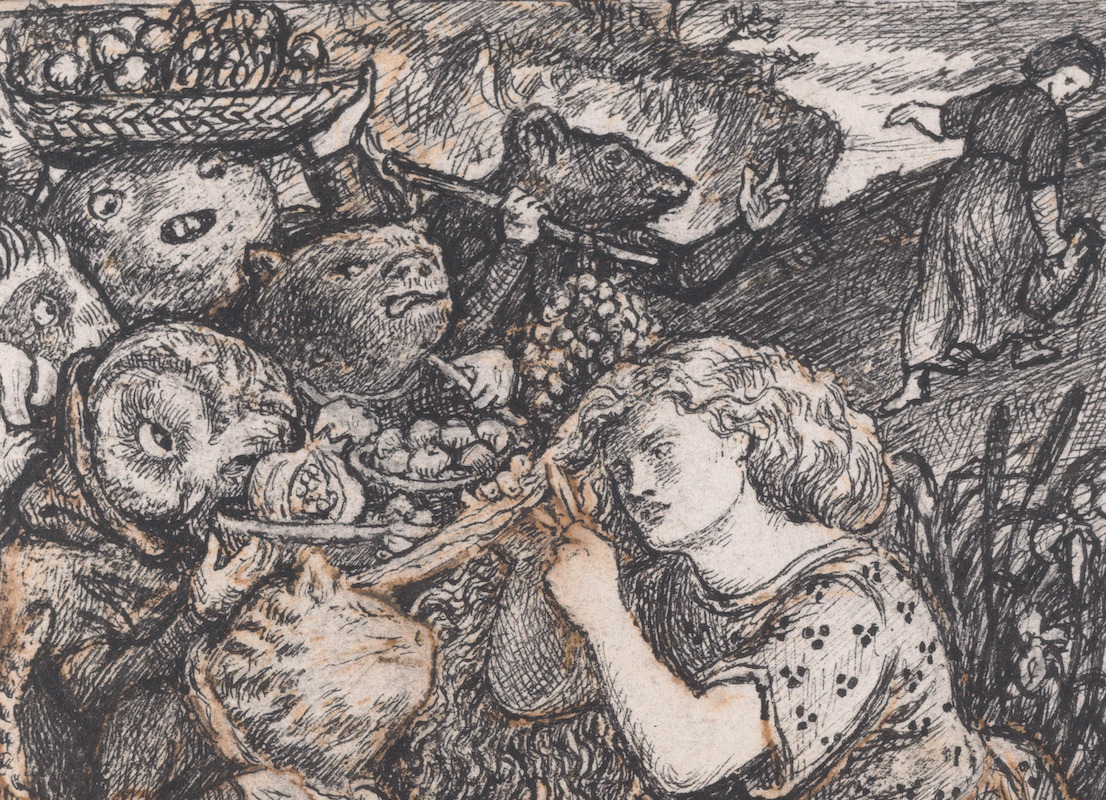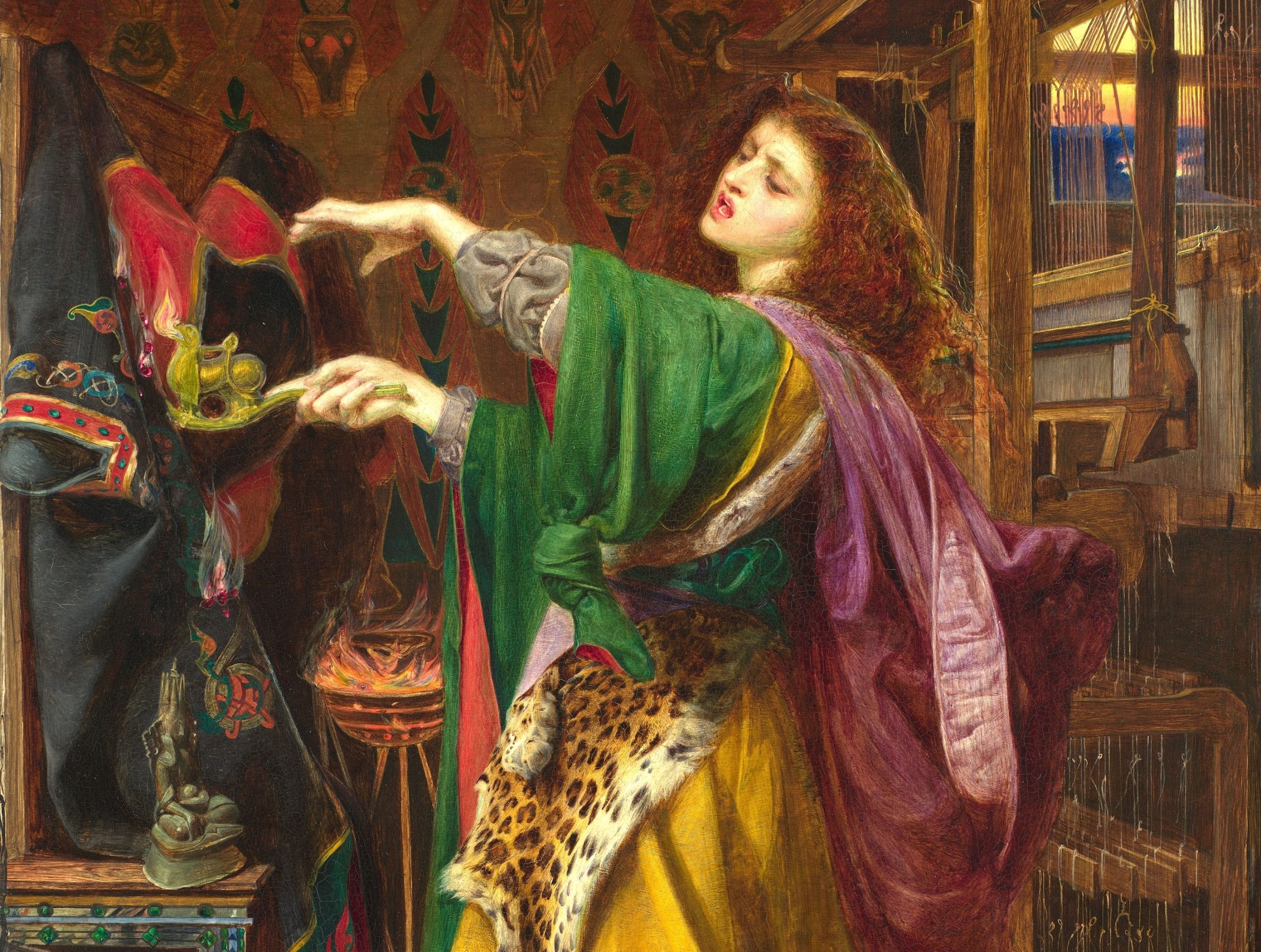Interviews
Why Are So Many Women Rewriting Fairy Tales?
The stories in Peg Alford Pursell’s "A Girl Goes Into the Forest" defy categories and reimagine the past
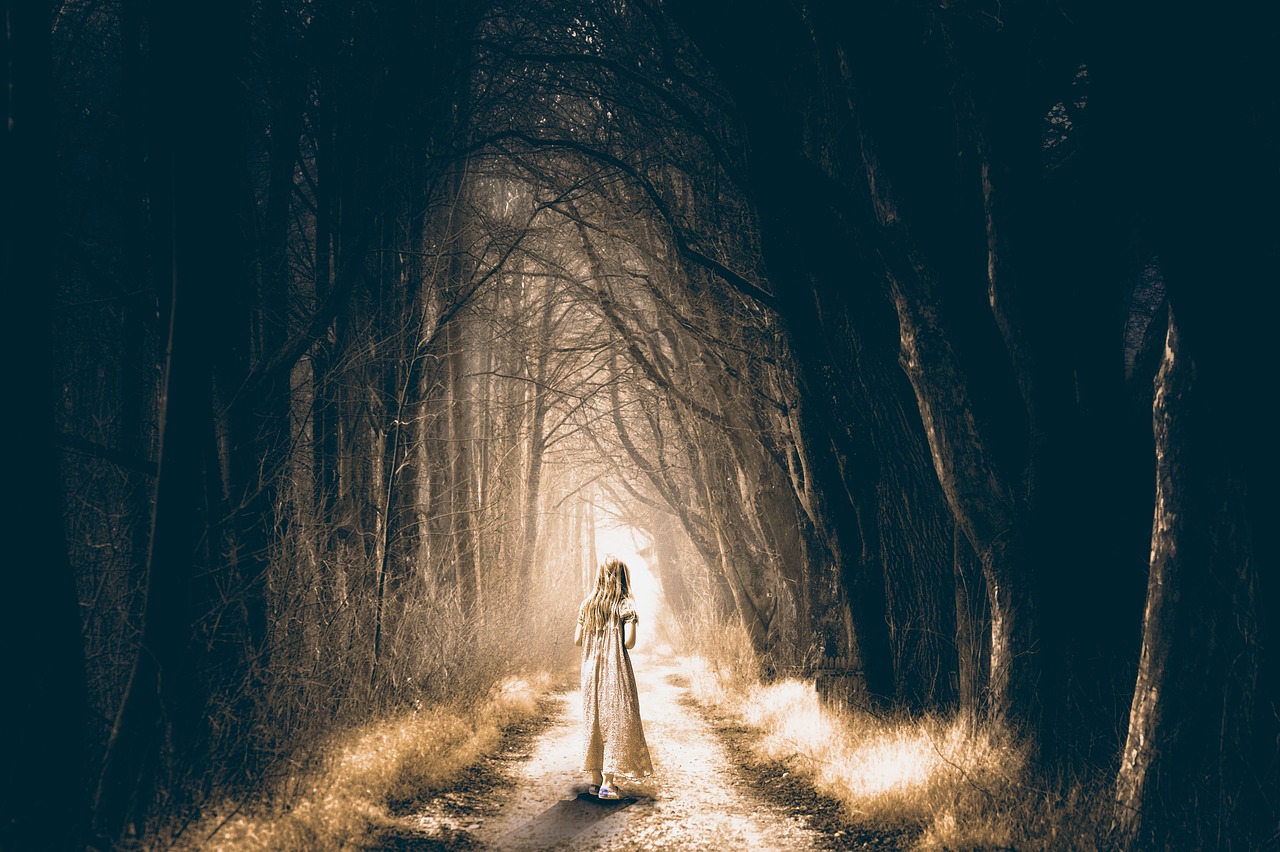
Peg Alford Pursell’s second book, A Girl Goes into the Forest, contains a collection of 78 short stories exploring moments in the lives of women. Pursell’s first book, Show Her a Flower, a Bird, a Shadow, was named the 2017 INDIES Book of the Year for Literary Fiction and an honorable mention in fiction for the First Horizon Award.
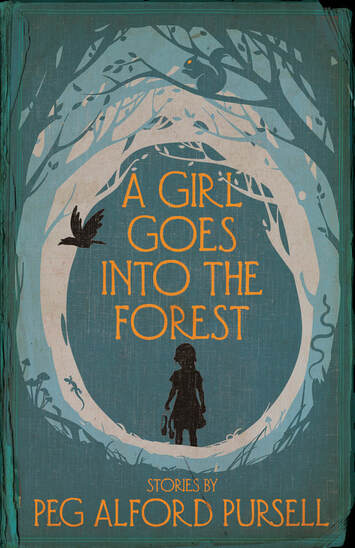
What captivates about Pursell’s work is how she uses brevity and specificity to fully immerse readers in the worlds of her characters, regular people facing everyday problems. Most stories feel like a flash into a world, a photograph, while others linger, giving their stories room to breathe into their fullness. She writes about loss, longing, frustration, and simple pleasures, tackling problems some might call small, but Pursell approaches her characters with reverence, honoring the depth of the pain we all carry. By darting in and out so quickly from each story, Pursell must use the compact details of each character’s world to help readers grasp onto. Some stories are under a hundred words, focusing on a cake melting in the sun (“Under the Accumulating Sunset”) or a woman facing down icy winds (“The Woman in the Winter Storm”), while others like “My Father and His Beautiful Slim Brunettes”) span pages and lifetimes.
Peg Alford Pursell and I sat down to talk about mother-daughter relationships, the impact of world events on how we tell stories, and the lines between poetry and prose and the nonbinary future of writing.
Parrish Turner: As I was reading through A Girl Goes into the Forest, I was struck with the question: What is the difference between poetry and prose?
Peg Alford Pursell: I definitely work with what I think of as hybrids, which includes prose poetry. It straddles a line between traditional short story writing or novel writing and poetry.
One of the main differences is in lyricism and I’m a writer who is driven by the sounds of language. I will frequently start something because a phrase sticks in my mind. Hybrids encompass flash fiction and prose poetry. There are so many different animals and I think mine are much more language based.
PT: The language is so beautiful throughout. I have found that after readings, some people will compliment me on my poetry, which is not something I think I write. Where are we drawing this line?
It is just the nonbinary nature of this kind of writing. It doesn’t want to stay in this category or that.
PAP: I heard that with my first book in particular. It is a much shorter book and I didn’t include longer, full stories. Someone asked me why I didn’t publish it as poetry. This is why I refer to them as hybrids.
It is just the nonbinary nature of this kind of writing. It doesn’t want to stay in this category or that. It seems to be what I am able to write most naturally. I have a hard time with categorization.
In a way, we are starting to really pay attention to the fact that in nature, in people, these binaries really aren’t binaries. For example, there is not a point at which night becomes day. You can’t pinpoint any specific moment. It is always more or less night or more or less day. As a culture, I hope we are waking up more and more to the realities. It is only natural that our writing and our art forms will reflect that more and more.
PT: It makes me also think about how “traditional” fairy tales are often structured as poems. I wonder when the delineation began? But, speaking of fairy tales, your book is filled with those influences, which I have also seen pop up more and more. What do you think the value of fairy tales is today? Why this renewed interest?
PAP: I was thinking of this myself and there are so many theories. But the way it came to me, to use these epigraphs from the fairy tale, I had in the back of my mind: Which of these fairy tales do we find that the girl has agency? So “The Snow Queen” came to me because it is Gerta that saves little Kay, the boy.
I don’t know if revival is the right word, but there is something in the air where we are seeing a lot of people rewriting fairy tales. It is mostly women writers, people who identify as women doing this. Why is that?
There is an interesting desire to look back on what was and change it. Recreate it. Subvert it.
I have a lot of different ideas about it. It could be about getting back to our “roots.” A lot of these fairy tales are the kind of lore that is early, culturally [speaking]. Centuries ago. Maybe we are looking to see how this body of lore established itself. I see many women rewriting these tales in a way that is very much in keeping with what women are doing in this culture now. There is a lot of upheaval, certainly politically and in the environment. Our planet is changing dramatically and we are asking: Are we going to survive? There is a desire to look back on what was and change it. Recreate it. Subvert it. Make it ours for this day and age.
PT: How does the wider world influence what you write and how much does time interact with the two? Your book is so relevant today and aware, for example, I saw you thanked Dr. Blasey Ford in your acknowledgments, yet it takes time to write and publish a book. What is the tension there?
PAP: I submitted this book a year ago in March, so it followed quickly behind the first book. Most of it was written in a nine-month period. When I first start, I have no idea what I am writing. I like it that way. I like the mystery. I like giving myself permission to see where I will go. In some ways, it’s nerve-wracking, and in other ways, it is liberating too. I want to see what I really think about something. Once I get a sense of it, then the rest begins to aim for the same themes.
I did acknowledge Dr. Christine Blasey Ford. At the time I was finishing up the manuscript to go into galleys, the hearings were taking place. Like many, I was overwhelmed by her courage, what she had to endure, and very upset with the outcome. What she did took so much courage and I took so much inspiration from that. I didn’t want that to be forgotten. When we are living in such politically turbulent times; everything is happening so fast and it is easy for us to forget about these really monumental things. I wanted to have what she did acknowledged so that if we are still around, if books still exist a decade from now, someone will see and remember.
Christine Blasey Ford’s bravery parallels the characters in my stories—they have an internal moral compass.
I think that also her bravery parallels a lot of what I feel the characters in my stories are—they have a strong internal moral compass. They are very brave in situations that are a double bind and they are usually put in situations where there is no way out but these characters find their own ways.
PT: One of the things I loved was the variety of characters. So many of these stories center on the mother-daughter relationship and its difficulties. Have your views on that dynamic shifted over the years? What would these stories have looked like if you had written them 20 years ago, and what would you be exploring?
PAP: I think the mother-daughter relationships are absolutely affected by the fact that we live in a patriarchal society. Many women do not realize—I think this is true for a huge generation of women—they don’t realize that we have internalized the misogyny. I am very curious [about] what is going to happen in this next election. Well, it is a lot more intense feeling than curiosity. There are some women who cannot accept a woman president. That is internalized misogyny. This plays out in the mother-daughter relationship.
I try to get that across with my characters: there is a sense of betrayal. Why didn’t you let me know that this is the way it is going to be? As characters become teenagers, there is a real upset with the older women who, in their perception, haven’t done anything to change this situation. This is all a very subtle thing. It doesn’t speak across the board, but I do think, for myself, I had an older brother and I just remember that at a certain point I realized he was being treated special because he was a boy. He was 18 months older and I knew he wasn’t special because he was a boy. In kindergarten, I tried to talk to my teacher about this. I didn’t have the exact language for it. But essentially asked why does the boy get to be elevated simply because he is a boy and [I have] to accept that this is the way of the world? I wasn’t able to get answers when I talked to my teacher or my mother. I think they had their own anger or upset about it. But the idea is that you have to accept this in order to get along. When you get older you can do these things to try to make a difference but the bottom line is that, as a girl, you have to accept that this is the world we live in. That is a very difficult dynamic but I think it underpins the mother-daughter relationship. I think all women have had so much pain and how do mothers deal with and how do daughters see that. We are still dealing with the same problems.




